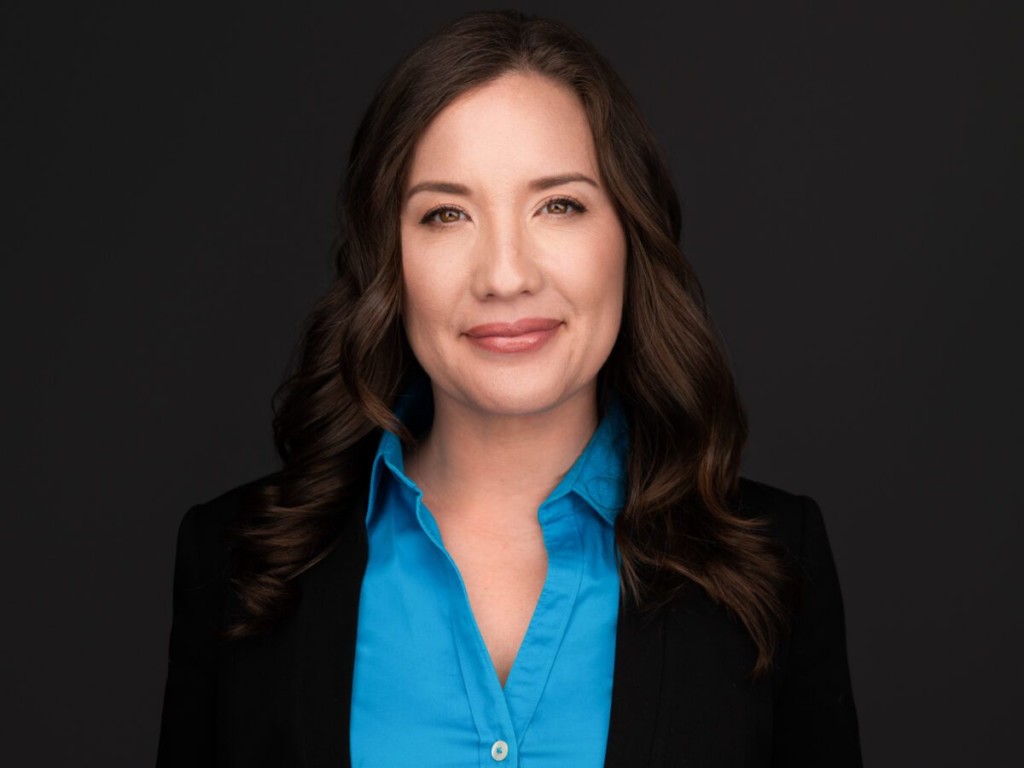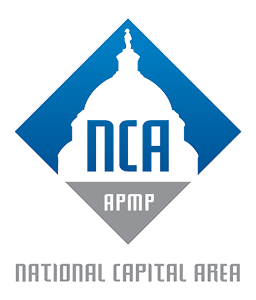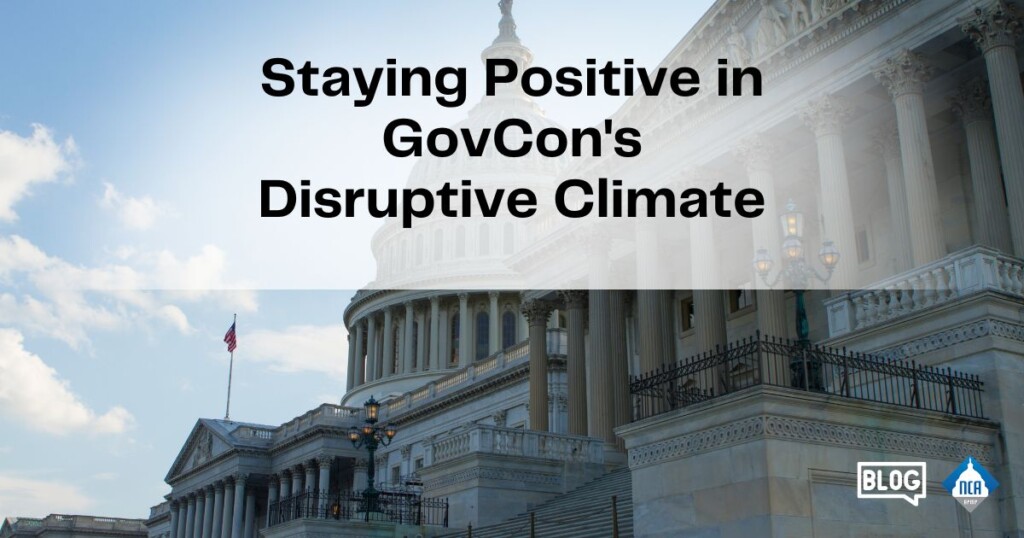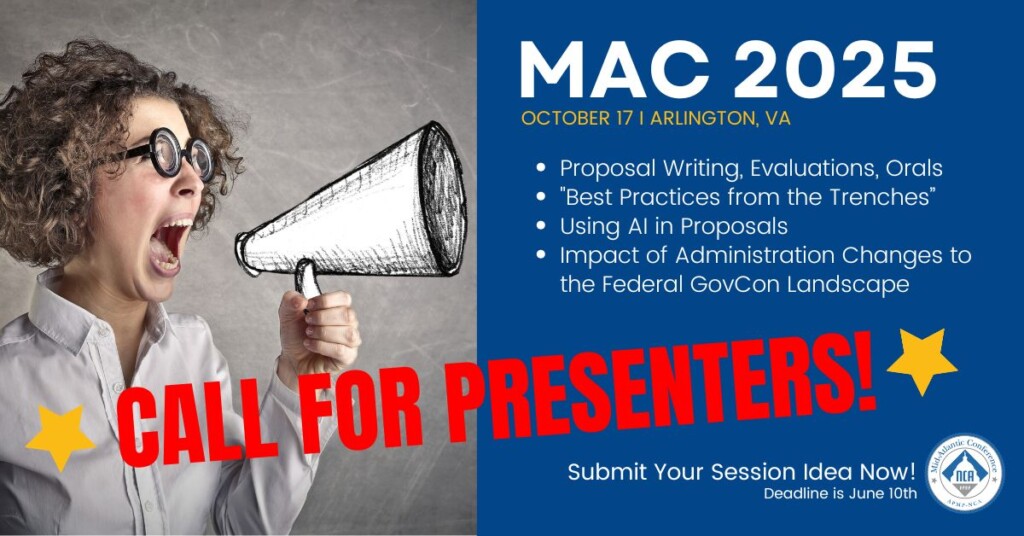Originally published on Patri’s website at https://patri.io/blog/2022/12/how-qualification-improves-capture-planning-an-interview-with-jennifer-namvar/
After 20 years of experience leading diverse teams to win $2B large, complex business development (BD), capture, and proposal efforts for the top federal government systems integrators within the United States defense and civilian agencies, Jennifer Namvar founded The Peerless Group. She is now focused on helping her clients succeed in capturing government contracts primarily in technology, engineering, and research and development (R&D) services and integration, up to the Top Secret (TS) level.
We sat down with Jennifer to learn more about how intelligent qualification has aided her success in capture planning. An edited transcript of our conversation is included below:
Will you speak to how you think about qualification with regard to capture management?
In my world, Business Development identifies opportunities for Capture Managers to go after. They do some level of qualification before giving it to the Capture Manager. BD is responsible for identifying fit, and whether the opportunities fit with the type of work we do, and if they are theoretically winnable.
The Capture Manager does more of “dynamic qualification.” Dynamic qualification is when you continuously track and assess an opportunity, continue to shape the opportunity, and grow your understanding of that opportunity as you meet with customers and industry.
As you track the opportunity – how do you track your capture progress against this opportunity? As you learn more from the customer or the competition, how do you mature your capture approach?
In your opinion, why is qualification something that needs to happen continuously instead of at a single point in time?
Because information gets stale. The customer makes changes all the time.
If you’ve been in the business for any time at all, you understand that opportunities continually morph. Customers and competitors change their minds. And you shape their thinking. You put out and receive new information.
For example, is an opportunity going to stay as one large single award, or did they decide to break it up? It’s important to stay on top of all the details as you qualify an opportunity.
You need to have a capture methodology that you follow.
For example, one of the things you want to do is have a black hat review, a competitive analysis, SWOT analysis, and to bring in people who’ve worked for those competitors. How would they approach this? How would they win this?
You continuously do things like collaborate with your solution architecture team. Reach out to the Subject Matter Experts. Continuously tailor your solution based on info from the customer and information from the industry based on teaming meetings.
You’re going to brief the leadership team on where you are, brief people outside of capture. You sort of have a rhythm with your capture methodology to figure out and assess where you are.
So what makes a good capture methodology?
Everyone has to understand it and follow that process. Many companies have a capture methodology, but it’s a set of standard operating procedures in a stale document. Every group does it their own way, but it’s based on the leadership of that organization. That’s not helpful because it’s not a methodology.
So training is really important. It needs to be documented. Evangelized. Trained on. Not just once but multiple times, so people really learn it.
How does your approach to qualification change throughout the lifecycle of a business opportunity?
At the beginning, you start at a very high-level. We have this, we do this.
The closer you get to the RFP release date, you should have all elements of the solution locked in before the RFP drops. Technical, management, staffing, pricing, business plans (profit), etc. should be established before the RFP.
At the very beginning of the process the first BD person starts off by saying yes, we should do this work. The Capture Manager’s job is to hone in on all the elements, so that by the time you get to the RFP, it’s just about refining your offering. If the customer makes drastic changes when the RFP is released that changes the whole bid, you have to decide “do we still want to go after this work”?
What are some ways qualification goes wrong?
When you’re bidding, you have to have a plan to be profitable after you win it. If you don’t, then what’s the point of winning?
One of the biggest mistakes companies make is they don’t focus on the customer enough. Customer staff are constantly changing. So you have to be on top of who is actually going to be involved in the source selection of the proposal.
Who is actually an influencer on the proposal? They might not have someone assigned at first. Who do you need to be talking to to figure out who is the actual customer? Companies either let that information go stale, or they focus on one person who isn’t as influential.
What kind of metrics or frameworks do you use to consider the opportunity cost of pursuing an opportunity during capture planning?
One thing you can look at is opportunity size and how much you’ve spent on similar-size deals in the past. You have to look at your organization and your wins and losses, what you’ve spent on a type of deal. Really successful companies are doing a lot of analysis on what they did, looking at their history, their bidding history.
The other piece is the complexity of the opportunity. Something that’s familiar should cost less than something that is a new type of work, or something that’s harder to put together. More math, number crunching, risk analysis, you have to factor that cost in. Something unusual or new typically increases the cost.
There are metrics around submitting proposals that you need to submit a certain dollar value in order to achieve the financial metrics that the CEO or company has defined. You can’t hit those numbers if you’re not submitting.
The other piece is how much are you winning of what you’re submitting? There’s also the financial constraint of how much budget you have to go after opportunities.
All three of those things need to be managed on a monthly basis (if not on a weekly basis) to ensure they’re going after the right opportunities that will get the returns that they want.
Qualification is about not only gaining a personal understanding of an opportunity but building a business case for Bid/No-Bid Decisions to bring to your colleagues and managers. How do you put together convincing cases to present your decision to the decision-makers in your company?
It’s important to have set meetings that you have with management at set times in the capture process and there’s a set presentation format and list of participants that are in the room during those meetings.
Having it standardized is really important. I just want to focus on winning –not internal briefings. Be clear about how to be briefed. There has to be a standard methodology with briefing up.
There are times when you see something from the customer that tells you it’s wired for a specific company (that’s not you), or it’s a low-price-to-win bid and you know you can’t get to the right price. Whenever you present information like that you have to present it as stoically as possible and allow leadership to decide what to do.
It’s helpful to have a personal relationship with leadership. Don’t just talk to them when you’re in a leadership brief. You’ll have a much easier time managing up if not all your interactions occur in the capture team meeting.
What do you wish you learned about qualification early in your career?
It’s really helpful to have a framework to quantify the maturity of the capture rather than trying to do it based off consensus opinion and gut feel. That way you can see in black and white whether your capture is mature based on the definitions that you’ve decided on and whether or not you’re making progress on your capture.
We have the framework, we update it on a monthly basis, we review it on a monthly basis. It’s all about that consistency. And then course correction. If things aren’t going right, you bring in different resources and you adjust.
Learn More from Jennifer Namvar About How to Improve Capture Planning at Your Organization

A useful and used capture methodology is essential to improving capture planning. Yet too often capture methodologies (if there even is one present) are ignored or not acted upon. This eBook by Patri, co-authored by Jennifer Namvar, will help you create, implement, and maintain the best methodology for your team and organization.
Download How to Implement an Intelligent Capture Management Methodology to dig in to how to improve your capture planning. The eBook covers the following topics:
- Why are Capture Methodologies So Important?
- What Processes Should be Outlined in a Capture Methodology?
- How to Structure a Capture Plan
- The Four Key Elements of Successful Capture Methodologies
- How Dynamic Qualification Brings Capture Methodologies to Life
This article was originally published on Patri’s website at https://patri.io/blog/2022/12/how-qualification-improves-capture-planning-an-interview-with-jennifer-namvar/




